"Fusterlandia," a Charming Mosaic Village in Cuba
especiales
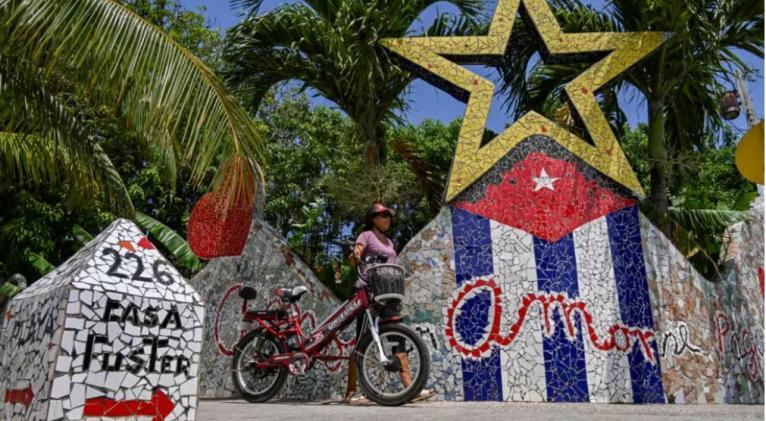
In 1994, Cuban artist José Fuster decorated the entrance to his house in Jaimanitas village with mosaics. Thirty years later, the "contagion" took effect: the community has been transformed into a gigantic and exuberant work of art.
Located to the west of Havana, this modest fishing village might have remained anonymous, like so many others, if this artist hadn't settled there.
Every week, a thousand tourists visit the place to admire facades, buildings, sculptures, and doorways covered in ceramics or mosaics, in an explosion of colors and surreal shapes.
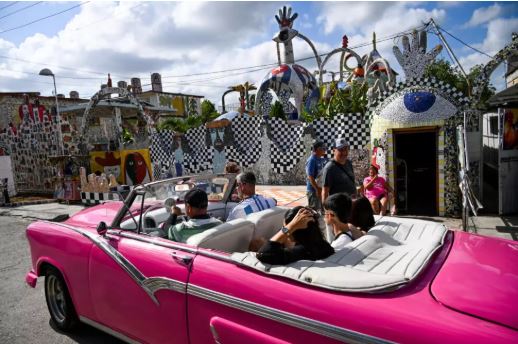
When he moved to Jaimanitas, Fuster, born in 1946 in Caibarién (center), was already a renowned artist, with an extensive career as a painter, engraver, and ceramist. But "the formats of the canvases and the ceramics seemed small to me," the artist explains to AFP.
He started by decorating the entrance of his house, then the patio, and ended up transforming his home into a true work of art, which now serves as a museum of his own work: murals, giant sculptures, mosaics, painted ceramics, and engraved poems.
Among them, the "Cuban Table" pays homage to figures and emblems from the country's history, while the "Rooster Tower" is a four-meter-high work covered in colorful tiles.
Endless details
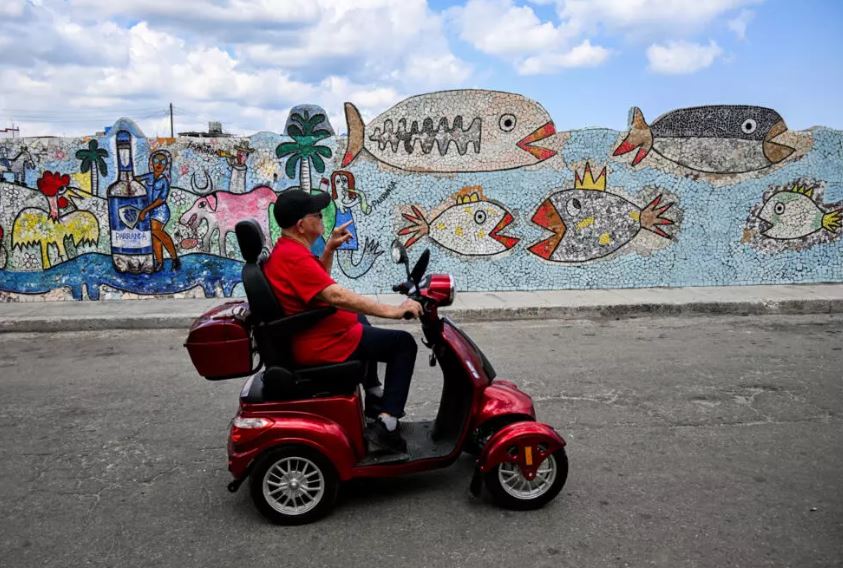
"People think of Gaudí because of the technique (of mosaics), but the concept is Brâncuși," explains the 79-year-old artist, referring to the Catalan architect Antoni Gaudí and the Romanian sculptor Constantin Brâncuși.
A trip in 1976 to Târgu Jiu, in western Romania, where Brâncuși created a monumental complex, served as inspiration.
"I saw what (Brâncuși) did in the village. It took me almost 20 years to develop the idea," says Fuster, who, far from Romanian sobriety, has unleashed a profusion of colors of total baroque style.

Fuster's naive art draws on Cuban reality. Recurring palm trees, roosters, and figures of peasants, accompanied by popular sayings, improvised phrases, and poetic flourishes, make up his visual universe, from whose center emerge pink elephants and strong allusions to the 1959 Cuban revolution.
Everywhere, the works, houses, and sculptures are adorned with countless details. Two eccentric bus stops mark the entrance to the village, while the artist's new home, located on the seafront, is a work in constant evolution.
"I had no idea I could create so much. This became a kind of contagion. People came to ask for things," says Fuster, who, due to his mobility problems, gets around the village in an electric cart.
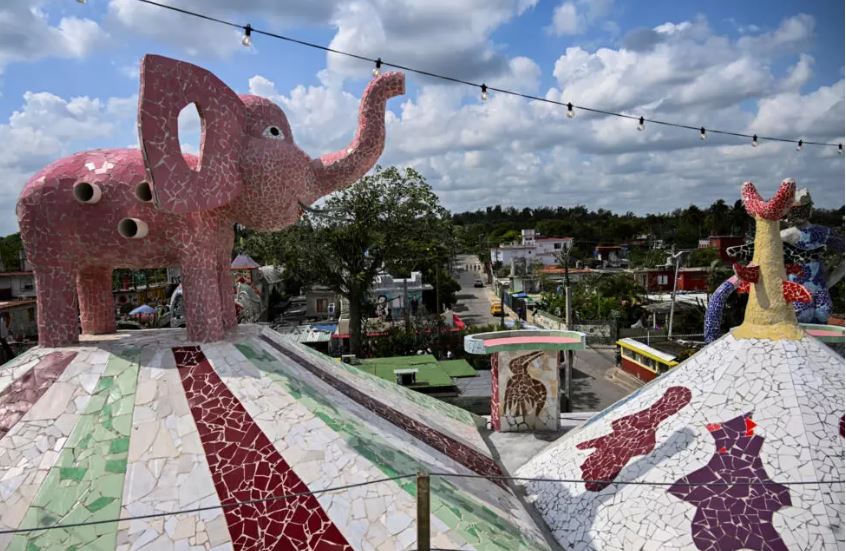
The artist, who claims to finance his work in the village by selling his paintings and without help from local authorities, has decorated dozens of houses, often renamed in reference to the identity of their inhabitants.
"El Mexicano," whose real name is Jorge González (79), says he lives in "a work of art." Thanks to Fuster, his house, once made of wood, is now made of cement and covered in mosaics.
In Jaimanitas, "in a way, we get along very well," and "practically everyone here cooperated," González explains.
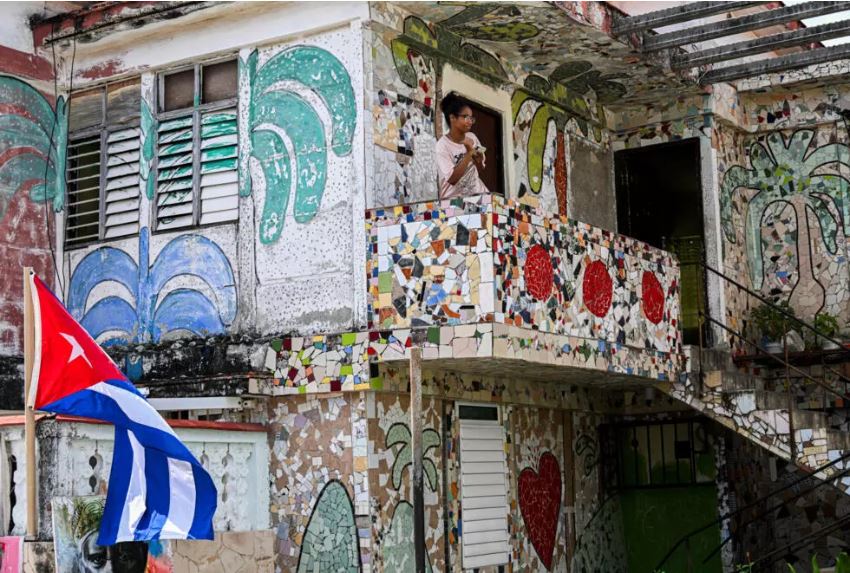
A few years ago, during the brief diplomatic thaw between the United States and Cuba, this humble worker saw American stars like Madonna and Sean Penn, among others, parade past his house, attracted by the magic of "Fusterlandia."
That's how an American journalist christened Fuster's kingdom a few years ago. The name caught on immediately, but "I didn't spend any money on advertising it. It took shape," the artist assures.
Translated by Amilkal Labañino / Cubasi Translation Staff



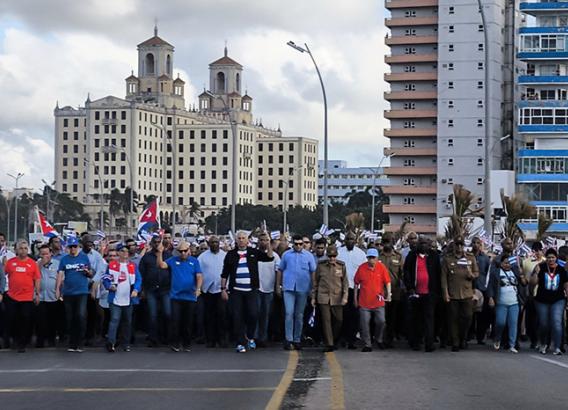










Add new comment